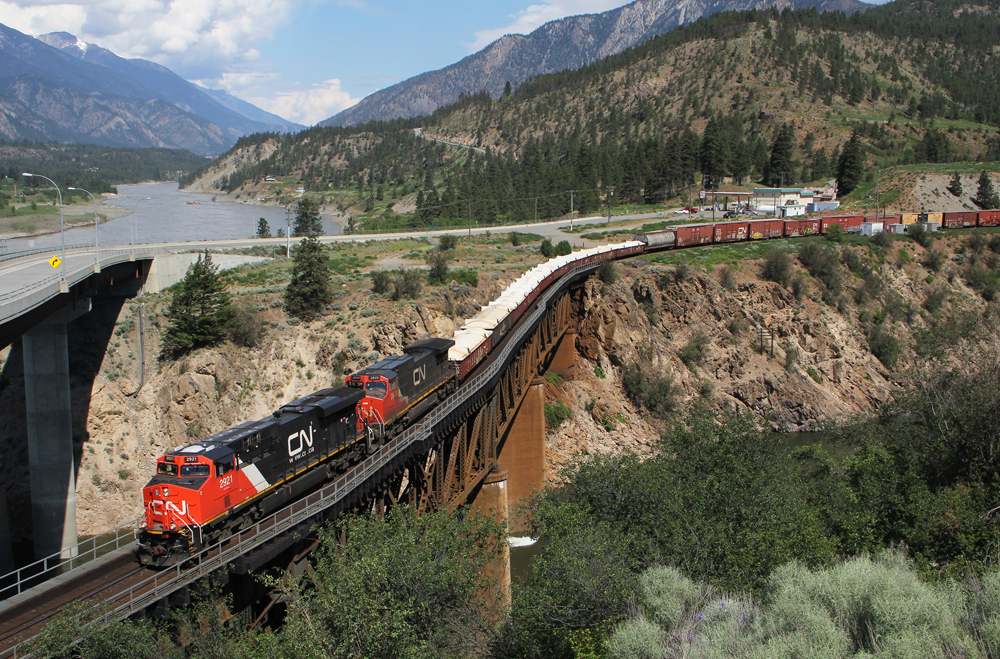
When Canadian National reported disappointing second quarter results in July – partly due to congestion related to trackwork in the Directional Running Zone it shares with Canadian Pacific Kansas City in British Columbia – executives were vague on why some of the maintenance of way work in the country’s most important corridor was unplanned.
At the time, CN said the work blocks in June shut down the corridor for four to eight hours each day as the railway was sending record volumes to and from Vancouver, Canada’s busiest port complex. CN was disproportionately affected by the trackwork, executives said, because its trains accounted for two-thirds of the traffic moving in the Vancouver-Kamloops corridor during the quarter.
When CPKC released its earnings results a week later, CEO Keith Creel was asked how his railway was able to escape congestion problems in the DRZ. His response: CPKC was very careful about not taking on more traffic than it could handle.
“Let me focus our comments on CPKC, and I’ve said this all along: You can’t oversubscribe your network. You’ve got to understand your capacity, you’ve got to understand your limitations, and you sell to the strength of your franchise,” Creel said. “You don’t oversell it, you don’t oversubscribe it, you’ve got to have the right number of locomotives, right number of cars, right number of crews, you’ve got to understand when the business is coming on. And at our railroad, we focus intently in a very disciplined fashion and making sure that we right-size our assets and we sell to that capacity.”
And that, analysts say, implied that CN was drowning in its own volume, repeating a mistake it made in 2017 when a 20% surge in traffic gummed up the railroad in Western Canada.
CN sought to correct that misperception during an investor conference last week. “What happened is that starting at the end of May … our Canadian competitor decided to do a lot of unplanned maintenance on their track,” CN Chief Financial Officer Ghislain Houle said on Wednesday.
“And we were not aware that that was going to happen,” he says.
A CPKC spokesman says the two railways participate in intensive planning and communication involving the DRZ – including holding meetings on work blocks.
Patrick Whitehead, CN’s chief network operating officer, and the CN operating team will meet with their CPKC counterparts this fall “to make sure that we agree on a plan on how we are going to maintain this corridor together and follow the plan so this does not happen again,” Houle says.
CN and CPKC have long said that while they are commercial rivals, they cooperate on safety and closely coordinate their operations in key areas such as the Directional Running Zone and the related co-production zone in the Vancouver area.
In the DRZ, the CN main line handles westbound traffic through the Thompson and Fraser river canyons, while the CPKC main carries eastbound trains. The decision to pair their single-track main lines through the rugged canyons – which are a significant barrier to adding passing sidings – sprang from coordination of maintenance of way and related traffic detours on each other’s lines in 1998 and 1999.
The directional running agreement of 2000 has allowed the railroads to handle significant traffic growth in what has become Canada’s busiest corridor – and the No. 2 multi-commodity route in North America when measured by annual tonnage. The DRZ carries nearly 60 trains per day.
The sniping over Directional Running Zone trackwork was a rare public display of operational friction between the railways.
On their earnings call, CN officials insisted that they had adequate capacity to handle their June traffic levels. “We added train starts to accommodate growth, as planned, and have been successful in onboarding those volumes overall,” Chief Field Operating Officer Derek Taylor said. “However, our operating metrics reflect the fact that we were impeded by ongoing track maintenance work in the critical Vancouver corridor throughout the entire quarter. There wasn’t a single week in the second quarter where there wasn’t some form of planned or unplanned maintenance in the Directional Running Zone.”
After the trackwork was completed, and the work blocks ended, CN’s operating metrics bounced right back to normal levels and the corridor became fluid again, Houle noted last week.
CN last week lowered its financial outlook for the year, as well as through 2026, due to the impact of CN’s labor uncertainty and work stoppage, the impact of the wildfires in Alberta, weaker than expected demand in forest products and metals, as well as the delayed recovery of overseas intermodal due to ongoing port labor uncertainty.
CN says its scheduled railroading strategy hinges on “make the plan, run the plan, and sell the plan.”
In a note after the CN earnings call, independent analyst Anthony B. Hatch had questioned how there could be unscheduled trackwork in such a vital corridor.
“Where was ‘Schedule the Plan’? Well, now it seems, he or she might have been hiding out in Calgary,” Hatch said last week, referring to CPKC’s headquarters city.






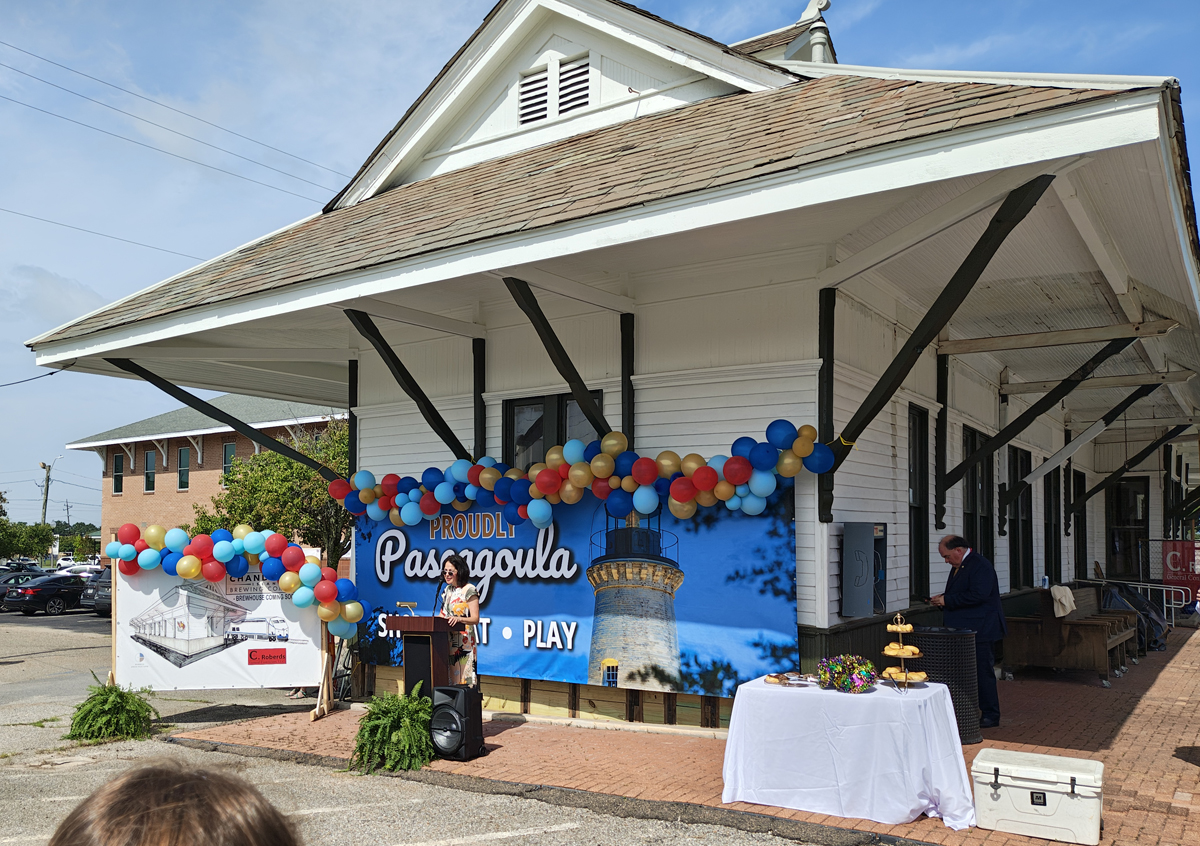
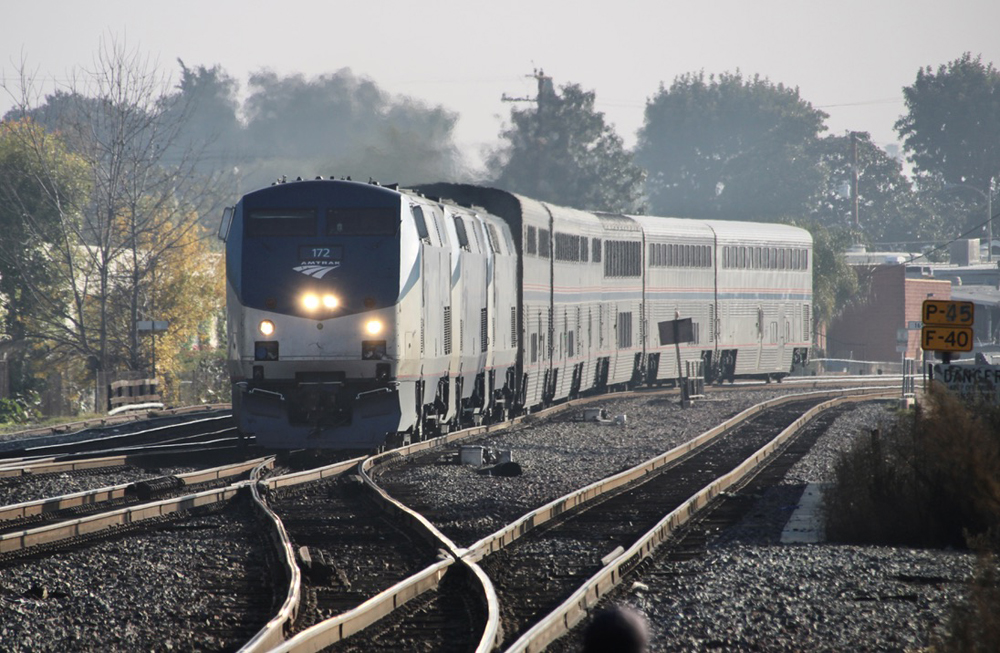
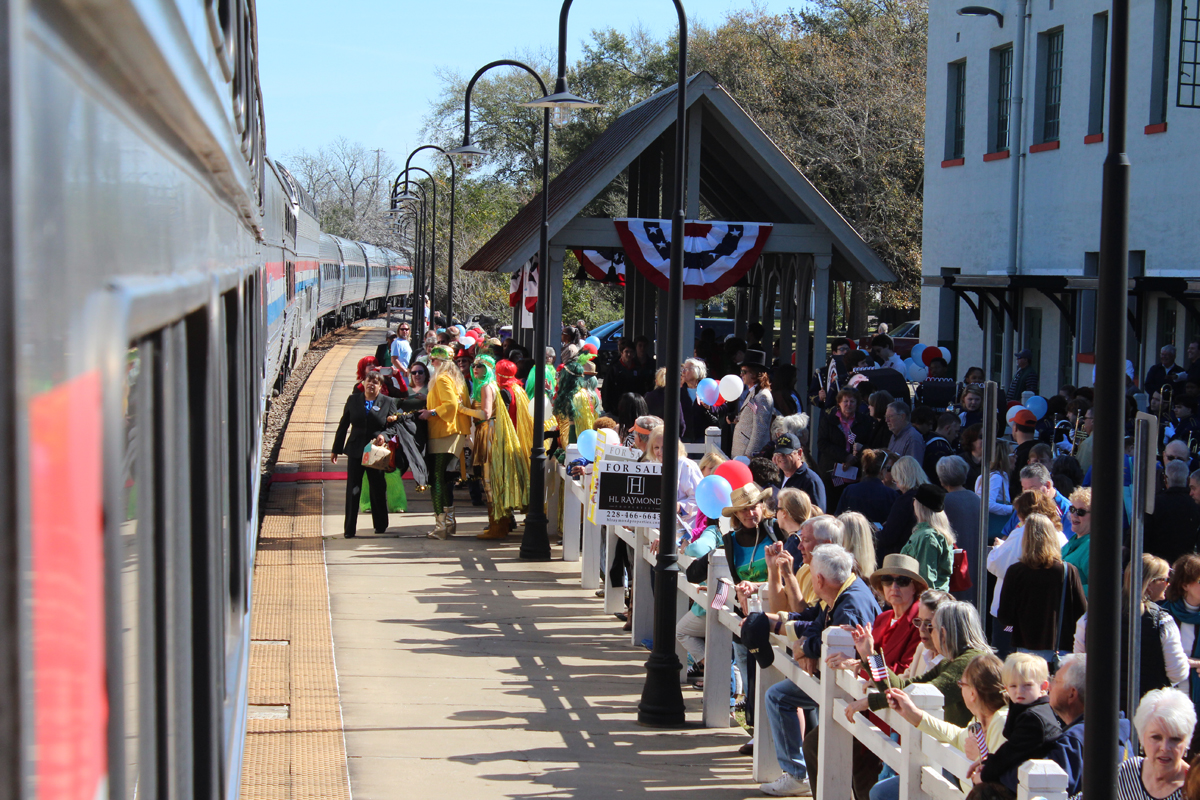
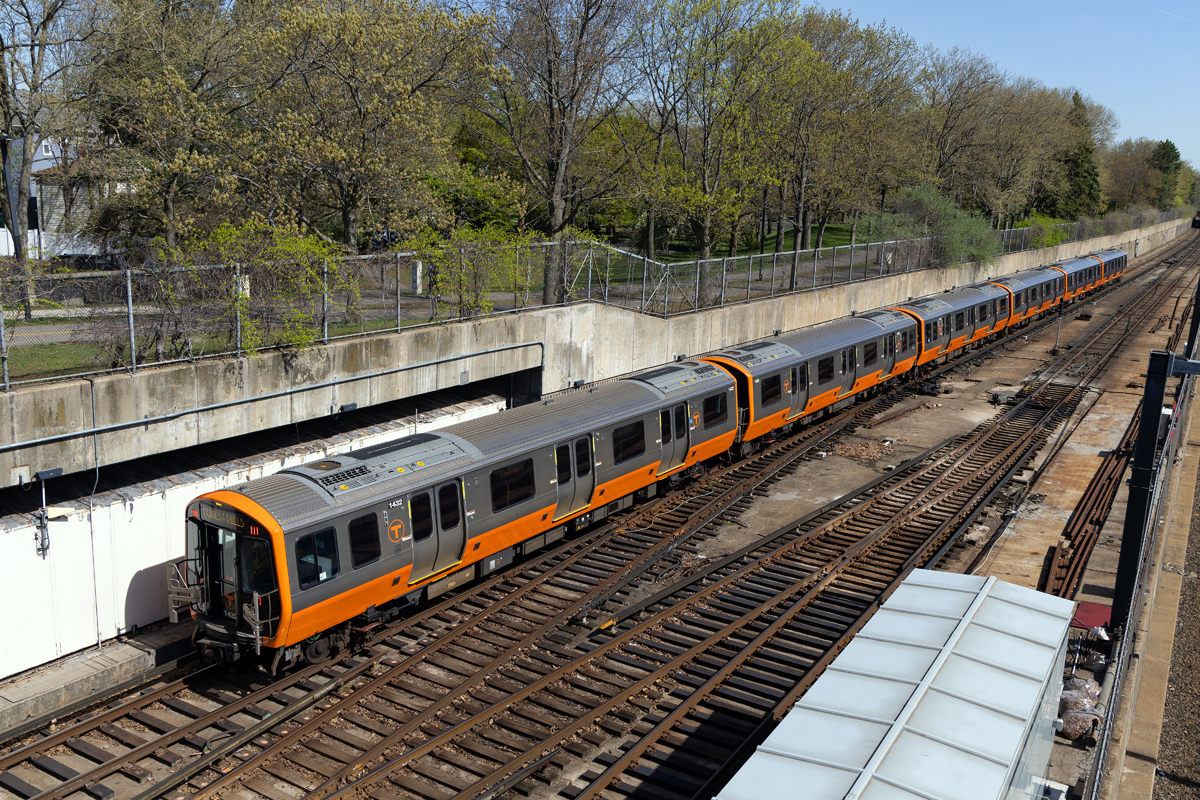




It was one thing for CPKC to not oversell its capacity, but it is another thing altogether not of increase capacity in response of declined sales.